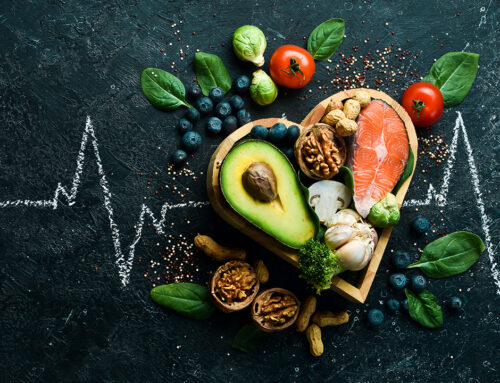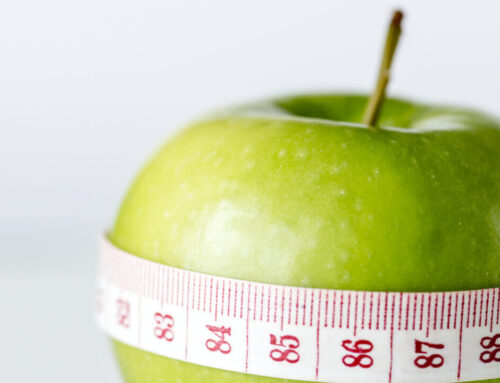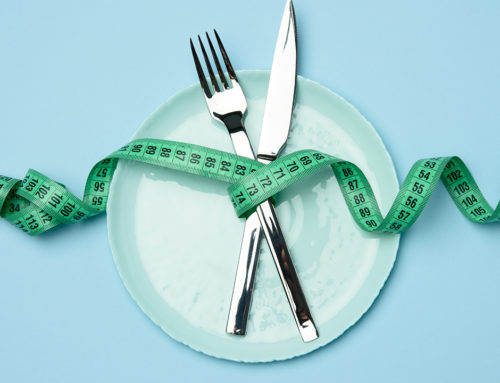Your vitamins may be on track, but the powerful hormones and enzymes in your body demand a healthy dose of minerals.
More specifically, the hormones testosterone, growth hormone, insulin and erythropoietin (EPO – for red blood cell production) all depend upon a mineral supply. Zinc and magnesium are required for the production and regulation of the anabolic hormones testosterone, growth hormone and insulin. Iron is the primary nutrient that works with EPO in the production of oxygen carrying red blood cells. Here’s your guide for creating the best environment for making progress from your training.
Recovery agents
There are several enzymes in the body, including the most potent of all antioxidants – super oxide dismutase (SOD) and glutathione peroxidase – that are dependent upon some minerals. SOD activity is reliant on your levels of copper and zinc while glutathione activity is dependent upon adequate amounts of selenium. What most people don’t know is that these mineral dependent antioxidant enzymes are much more effective at neutralizing or “quenching” free radicals than the antioxidant vitamins A, C & E, although these vitamins get way more media attention.
For fitness enthusiasts, the copper dependent enzyme lysyl oxidase is important for the strength and maintenance of all connective tissue, ligaments, tendons and bones. So if you want to stay in the game, these minerals will help you do it.
Nutritional push and pull
To boost your health, it’s vital to understand the many competitive and incompatible interactions that exist in mineral and trace element absorption. Key areas you should know about include the fact that zinc should not be taken together with iron or copper because they both compete with zinc for absorption.
Calcium should also not be consumed with zinc because calcium has been shown to reduce zinc absorption by as much as 50%. So it is essential to take minerals and trace elements that compete for absorption at least an hour or so apart. You can see which ones are combative from the information below.
Timing issues
Not all forms of minerals and trace elements have similar rates of absorption. The most widely sold forms of minerals are oxides. Magnesium, zinc and copper are widely sold in the oxide form because they are inexpensive. Minerals in the oxide form are basically insoluble with very poor absorption rates. The most bioavailable and effective forms of magnesium are as aspartate, bisglycinate, orotate and citrate. Forms of zinc with the highest rates of absorption include mono-L-methonine, aspartate and citrate. So always read the labels carefully.
Gains blockers
Another important aspect of mineral absorption is the inhibitory effect of phytates (phytic acid) being eaten at the same time. Phytates are contained in seeds, nuts, cereals and grains. Consumers of natural testosterone boosting products should especially be aware of the inhibitory effects of phytates upon mineral absorption. Many products that include fenugreek and/or mucuna pruriens (both from seeds) contain phytates and calcium.
When they are combined with minerals such as zinc and magnesium, it results in significantly reduced absorption of these two anabolic minerals. So beware a product that combines ingredients that contain phytates together with minerals is certainly not providing you with the best bang for your buck. Check the labels on the products you consume and see if you are being sold more of an empty promise than real science.
Find nutritional information and more in every issue of TRAIN magazine.







